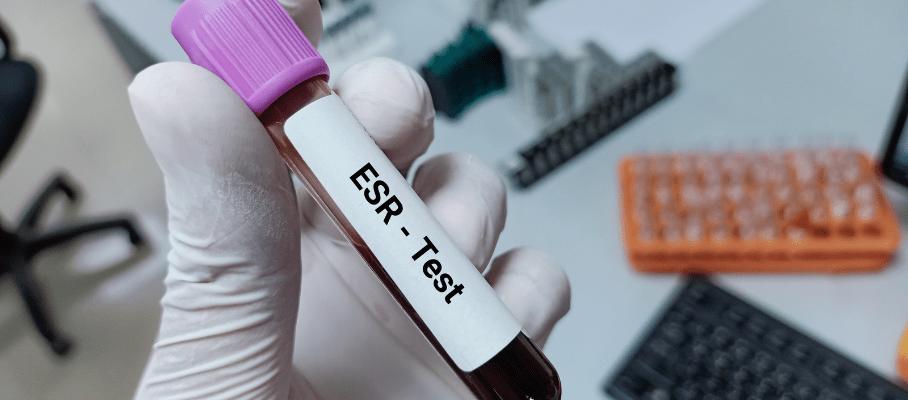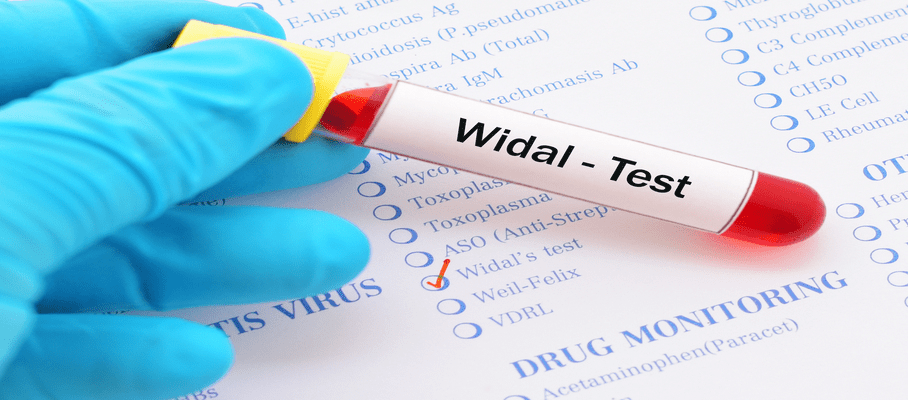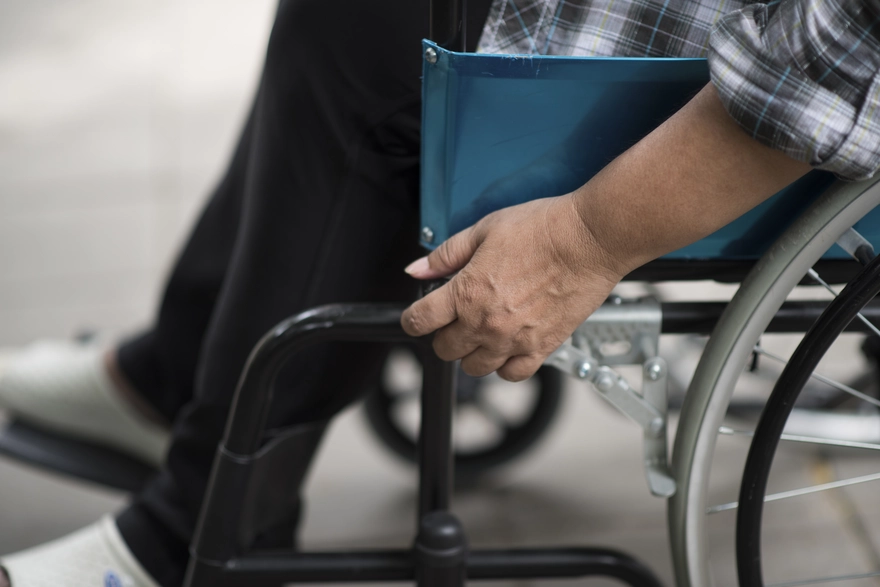vasovagal syncope treatment
Vasovagal Syncope: Causes, Symptoms, and Coping Strategies
What is vasovagal syncope? Vasovagal syncope, also known as neurocardiogenic syncope or reflex syncope, occurs when the body overreacts to certain triggers, causing a sudden drop in blood pressure and heart rate, leading to a temporary loss of consciousness. Vasovagal episodes are usually short-lived, and recovery is typically rapid once the person is lying down. Who is at risk for vasovagal syncope? While vasovagal syncope causes can affect anyone, it is more common in younger individuals without underlying heart disease. However, certain factors can increase the risk, including: Age: Older adults and those with certain heart conditions are at higher risk for more serious forms of syncope. Medical history: People with previous arrhythmias, reduced ventricular function, or a family history of inheritable heart conditions have an increased risk. Triggers: Exposure to specific triggers, such as prolonged standing, emotional stress, or the sight of blood, can make some individuals more susceptible to vasovagal syncope. What are the causes of vasovagal syncope? Vasovagal syncope is a type of fainting that occurs when the vagus nerve becomes overstimulated, disrupting the regulation of heart rate and blood pressure. This overstimulation triggers a reflex response that slows the heart rate, dilates blood vessels, and reduces blood flow to the brain, causing fainting. Vasovagal syncope causes are linked to specific triggers that provoke this reflex. Common triggers include prolonged standing, which can cause blood to pool in the legs, reducing circulation to the brain, and standing up too quickly, which can momentarily lower blood pressure. Dehydration or heat exposure also increases the risk by reducing blood volume, making it harder for the body to maintain stable blood pressure. Intense emotional stress, anxiety, or even fear can activate the vagus nerve, resulting in fainting in susceptible individuals. While the exact mechanism of vasovagal syncope is not fully understood, it is thought to involve a complex interaction between the autonomic nervous system, cardiovascular system, and environmental factors. In some cases, even minor stimuli can provoke an exaggerated response in the autonomic nervous system, leading to a sudden drop in blood pressure and heart rate. Understanding these vasovagal syncope causes can help manage the condition by avoiding triggers, staying hydrated, and recognising early warning signs like dizziness or nausea. What are the symptoms of vasovagal syncope? Before a vasovagal syncope episode, individuals often experience warning signs and vasovagal syncope symptoms that indicate an impending fainting spell. Early symptoms may include dizziness or lightheadedness, nausea or abdominal discomfort, sweating or a sudden sensation of warmth, blurred or tunnel vision, and ringing in the ears (tinnitus). These vasovagal syncope symptoms typically develop gradually, providing an opportunity for individuals to take preventive actions, such as sitting or lying down to avoid injury. As the episode progresses, additional symptoms may occur, including pale, cold, and clammy skin, slowed or slurred speech, and a feeling of weakness or loss of muscle control, especially in the legs, which can lead to fainting or temporary loss of consciousness. What are the common triggers that cause vasovagal syncope? Vasovagal syncope can be triggered by a variety of physical, emotional, and situational factors. Some common triggers include: Prolonged standing, especially in hot or crowded environments Standing up too quickly from a sitting or lying position (orthostatic hypotension) Exposure to extreme heat or dehydration Intense pain, such as from an injury or medical procedure Emotional stress, anxiety, or panic attacks The sight of blood or needles (blood phobia) Straining during bowel movements or urination Coughing, sneezing, or swallowing Wearing tight collars or neckties that constrict blood flow Recognising your specific triggers can help you anticipate and prevent future episodes of vasovagal syncope. What should we do after fainting unexpectedly? If you experience an unexpected fainting episode, it's important to take the following steps to ensure your safety and well-being: Lie down or sit in a safe, comfortable position to help restore blood flow to the brain. Drink water or another hydrating fluid if you are conscious and able to swallow. Seek medical attention if the fainting episode is severe, recurrent, or accompanied by other concerning symptoms, such as chest pain or palpitations. How serious is vasovagal syncope? While vasovagal syncope itself is generally not life-threatening, it can lead to serious injuries due to falls. In some cases, especially in older adults or those with underlying heart conditions, fainting can be a sign of a more serious underlying condition. Therefore, it is important to seek medical evaluation if fainting episodes are frequent or accompanied by other symptoms, such as: Chest pain or palpitations Shortness of breath Confusion or disorientation Seizures or convulsions How is vasovagal syncope diagnosed? Diagnosing vasovagal syncope involves a comprehensive assessment of your medical history, symptoms, and possible triggers. Your healthcare provider will typically begin with a detailed discussion about your fainting episodes, including key factors such as: Frequency and duration of episodes Specific triggers or situations that precede fainting Warning signs and vasovagal syncope symptoms experienced beforehand, such as dizziness or nausea Any injuries or complications associated with fainting This information helps determine if vasovagal syncope is likely or if further investigation is needed to rule out other causes of fainting. To confirm the diagnosis and assess your cardiovascular health, additional tests may be performed. An electrocardiogram (ECG) evaluates your heart's rhythm and electrical activity, while an echocardiogram assesses heart structure and function. A tilt table test may be used to simulate conditions that trigger fainting and observe your body's response. Blood tests can help identify underlying conditions like anemia, dehydration, or imbalances. A diagnostic point score system based on historical features and specific symptoms can also help differentiate vasovagal syncope from other types of syncope with high sensitivity and specificity. This structured approach ensures accurate diagnosis and appropriate management of the condition. How is Vasovagal Syncope Treated? Vasovagal syncope treatment focuses on preventing fainting episodes and managing symptoms. Here are some common vasovagal syncope treatment options: Lifestyle modifications: Avoiding known triggers Staying hydrated and increasing salt intake Engaging in regular exercise to improve circulation Wearing compression stockings to prevent blood pooling in the legs Medications: Alpha-1 adrenergic agonists to increase blood pressure Corticosteroids to help retain fluids Selective serotonin reuptake inhibitors (SSRIs) to regulate the nervous system response Other interventions: Orthostatic training using a tilt table to gradually increase time spent upright In rare cases, a cardiac pacemaker may be recommended It's essential to work closely with a healthcare provider to develop a personalised vasovagal syncope treatment plan based on your specific needs and medical history. Can Vasovagal Syncope be Prevented? While it may not be possible to completely eliminate vasovagal syncope, several strategies can help prevent or reduce the frequency of fainting episodes: Identifying and avoiding known triggers Staying well-hydrated and consuming adequate salt Rising slowly from a seated or lying position Recognising prodromal symptoms and taking immediate action, such as lying down or sitting with the head between the knees Does Vasovagal Syncope Ever Go Away? The course of vasovagal syncope varies from person to person. For some individuals, especially those with infrequent episodes, the condition may not significantly impact daily life, and simple lifestyle changes may be sufficient. However, others may require ongoing management and preventive measures to reduce the frequency and severity of episodes. When to See a Doctor If you experience frequent fainting episodes, sustain injuries from fainting, or have unexplained syncope, it's crucial to consult a healthcare provider. This is especially important for older individuals, as syncope can sometimes be a sign of a more serious underlying condition. Additionally, if you don't experience warning signs before fainting, it's essential to seek medical advice to determine the cause and appropriate management. Conclusion Understanding the causes, symptoms, and treatment options for vasovagal syncope is the first step in effectively managing this common fainting disorder. By implementing lifestyle changes, recognising warning signs, and working closely with a healthcare provider, you can significantly reduce the impact of vasovagal syncope on your daily life. If you're concerned about fainting episodes or want to rule out any underlying health issues, consider reaching out to Metropolis Healthcare. As a leading chain of diagnostic labs across India, Metropolis offers accurate pathology testing and health check-up services. Their team of skilled technicians can perform at-home blood sample collection, and you can conveniently access your test reports online. With Metropolis Healthcare's commitment to reliable results and personalised care, you can take proactive steps towards managing your health and well-being
Vasovagal Syncope: Causes of Fainting and How to Manage It
What is vasovagal syncope? Vasovagal syncope, also known as neurocardiogenic or reflex syncope, is a condition characterised by a brief loss of consciousness due to a sudden decrease in blood flow to the brain. This occurs when the part of the nervous system responsible for regulating heart rate and blood pressure malfunctions in response to specific triggers, causing the heart rate to slow down and the blood vessels in the legs to dilate. As a result, blood pools in the legs, reducing blood pressure and temporarily decreasing blood flow to the brain, leading to fainting. Who is at risk for vasovagal syncope? Vasovagal syncope can affect anyone, but it is more common in children and young adults. Research suggests that approximately 40% of people will experience at least one episode of vasovagal syncope in their lifetime. Both men and women are equally affected by this condition, and it is not typically associated with a serious underlying health problem. What causes vasovagal syncope? Vasovagal syncope causes are not fully understood, but they are thought to originate from a malfunction in the autonomic nervous system. This system regulates involuntary bodily functions, including heart rate and blood pressure. When individuals encounter specific triggers, such as prolonged standing, emotional stress, pain, or the sight of blood, their autonomic nervous system may react abnormally. This inappropriate response can lead to a sudden drop in heart rate and blood pressure, resulting in fainting. During these episodes, the body fails to maintain adequate blood flow to the brain, causing temporary loss of consciousness. Factors like dehydration, heat exposure, and underlying health conditions may exacerbate the likelihood of experiencing vasovagal syncope. Furthermore, some individuals may have a genetic predisposition that makes them more susceptible to these episodes. Understanding the vasovagal syncope causes can help individuals identify their personal triggers. This awareness can aid in implementing lifestyle changes and coping strategies. Additionally, discussing prevention techniques with healthcare professionals may lead to personalised recommendations. Vasovagal syncope prevention strategies often include staying hydrated, avoiding prolonged standing, and learning relaxation techniques to manage stress. By addressing potential triggers and understanding the underlying mechanisms, individuals can reduce the frequency of vasovagal syncope episodes and improve their overall well-being. What does it feel or look like to have vasovagal syncope? Before an episode of vasovagal syncope, individuals often experience several warning signs that indicate an impending fainting spell. Common vasovagal syncope symptoms include pale skin, lightheadedness, dizziness, and tunnel vision, which can create a sensation of narrowing focus. People may also feel nauseous and experience temperature fluctuations, feeling either unusually warm or cold. Additionally, clammy sweat and blurred vision can occur, signalling that fainting is imminent. During the actual episode, bystanders may notice jerky or abnormal movements as the person loses consciousness. The individual may exhibit a slow and weak pulse, and their pupils may dilate in response to the drop in blood pressure. Recovery typically begins within a minute, during which the person may appear disoriented or confused. It's crucial for individuals who experience vasovagal syncope to lie down and elevate their legs immediately after fainting. This position helps promote blood flow to the brain, reducing the risk of a subsequent episode. By recognising the signs and symptoms of vasovagal syncope, individuals can better prepare for and manage these episodes, ensuring their safety and well-being. What are the common triggers for vasovagal syncope? Vasovagal syncope can be triggered by a variety of factors, many of which are related to physical or emotional stress. Common triggers include standing for prolonged periods, which can cause blood to pool in the legs, leading to decreased blood flow to the brain. Exposure to heat or hot environments can similarly contribute to fainting episodes. Other triggers involve medical situations, such as seeing blood, having blood drawn, or experiencing intense fear related to bodily injury or medical procedures. Straining during bowel movements can also provoke a syncope episode due to the pressure it exerts on the body. Additionally, intense emotional distress, sudden stress, or acute pain can stimulate the vagus nerve, causing a rapid drop in heart rate and blood pressure. Recognising and avoiding these triggers is essential for individuals prone to vasovagal syncope, as it can help reduce the frequency and severity of their episodes. What should we do after fainting unexpectedly? If you or someone around you experiences vasovagal syncope, follow these steps: Ensure the person is in a safe position to avoid injury from falling. If possible, help the individual lie down and elevate their legs to promote blood flow to the brain. If lying down is not feasible, have the person sit and put their head between their knees until they feel better. Seek medical attention if it is the first fainting episode, or if there are new symptoms or frequent occurrences. How serious is vasovagal syncope? In most cases, vasovagal syncope is harmless and not indicative of a severe underlying health condition. However, fainting can lead to injuries from falling, so it is essential to take precautions and consult a healthcare professional to rule out other potential causes, such as heart or brain disorders. How is vasovagal syncope diagnosed? Diagnosing vasovagal syncope typically involves several steps to rule out other causes of fainting: Medical History and Physical Examination: Discuss symptoms and potential triggers with your doctor. Diagnostic Tests: Electrocardiogram (ECG or EKG): Assesses heart rhythm Echocardiogram: Examines heart structure and function Stress Test: Evaluates heart response to physical exertion Tilt Table Test: Simulates conditions that may provoke an episode. Monitors heart rate and blood pressure while tilted at different angles. These evaluations help determine if vasovagal syncope is the underlying cause of fainting episodes and guide the development of an appropriate management plan. How is vasovagal syncope treated? Vasovagal syncope treatment is often tailored to the individual and may include a combination of lifestyle changes and medical interventions: Identifying and avoiding known triggers Increasing hydration and salt intake, particularly in warm weather Wearing compression stockings to improve blood flow Medications such as alpha-1-adrenergic agonists, selective serotonin reuptake inhibitors (SSRIs), or beta-adrenergic blockers In severe cases, a pacemaker may be considered, although its role is generally limited Your healthcare provider will work with you to develop a personalised vasovagal syncope treatment plan based on your specific needs and the frequency and severity of your episodes. Can vasovagal syncope be prevented? While it may not be possible to eliminate vasovagal syncope episodes, you can take steps to reduce their frequency: Identify and avoid triggers Stay hydrated and maintain a balanced diet Practice leg crossing and muscle tensing techniques when feeling faint Wear compression stockings to promote blood flow Rise slowly from sitting or lying positions Incorporating these vasovagal syncope prevention strategies into your daily life can help minimise the impact of this condition. Does vasovagal syncope ever go away? Vasovagal syncope can be a lifelong condition, but the frequency of episodes varies widely among individuals. Some people may experience infrequent episodes, while others may have more regular occurrences. By managing triggers and implementing preventive measures, you can reduce the impact of vasovagal syncope on your daily life. When should vasovagal syncope be treated by a doctor? It is crucial to consult a healthcare professional if you experience any of the following: A fainting episode for the first time New symptoms or an increase in the frequency of fainting episodes A single episode associated with injury or occurring in a high-risk setting A need to rule out other serious health conditions that could be causing the fainting Your doctor can provide an accurate diagnosis, rule out underlying health issues, and develop an appropriate treatment plan for vasovagal syncope. Conclusion Vasovagal syncope is a common condition, and by understanding the causes, symptoms, and triggers, you can take proactive steps to manage and prevent episodes. At Metropolis Healthcare, we understand the importance of accurate diagnosis in managing conditions like vasovagal syncope. Our team of skilled phlebotomists offers convenient at-home blood sample collection, ensuring your comfort and safety. With state-of-the-art diagnostic labs and a commitment to delivering reliable results, Metropolis Healthcare is your trusted partner in prioritising your health.



1736506020.webp)











 WhatsApp
WhatsApp